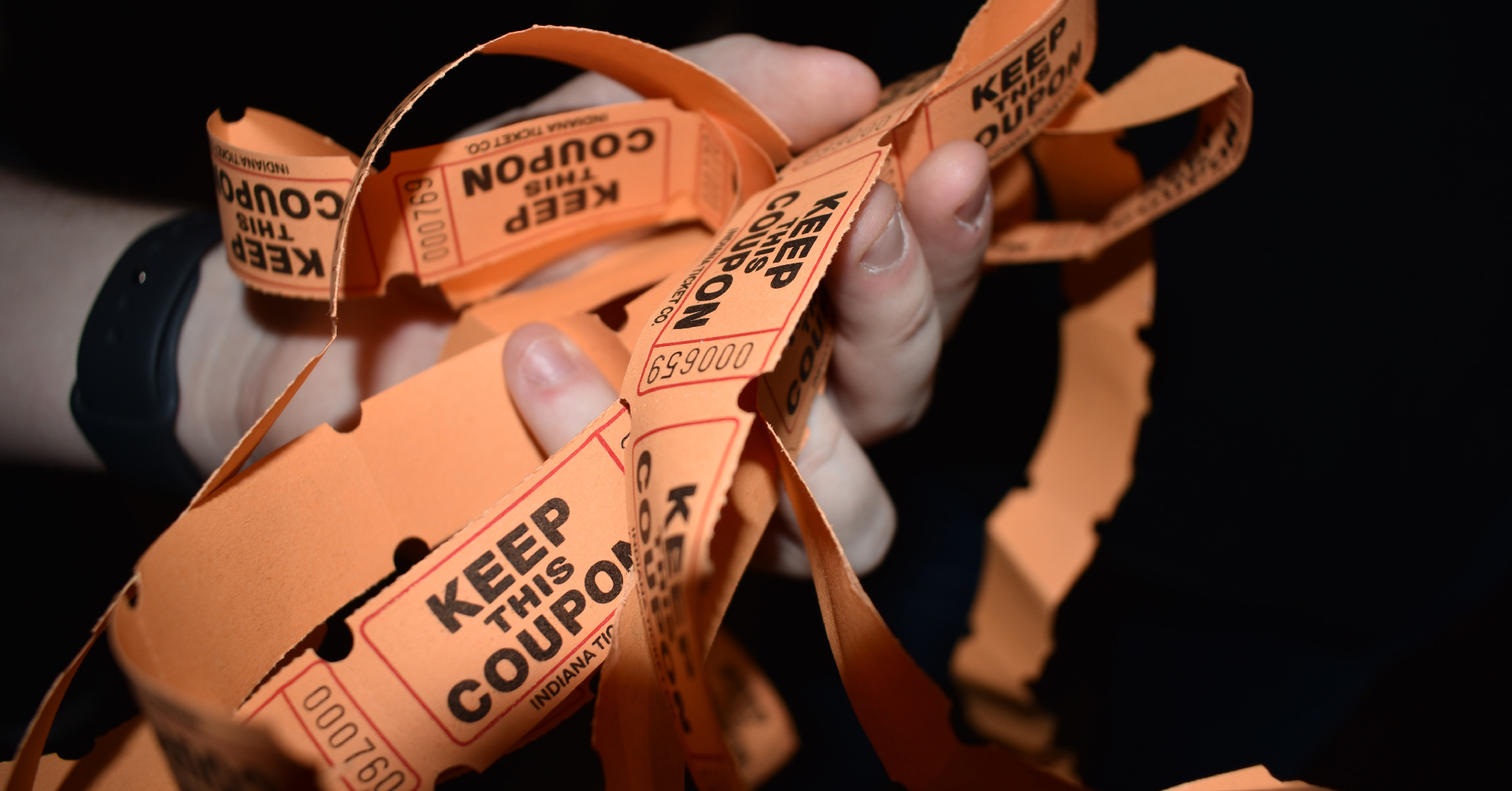
Photo by Julia Morales on Unsplash
How to Game the College Admissions Game
Let’s say an organization is selling raffle tickets to the hundred members in the auditorium. Ten people can win and get to have dinner with famous/powerful people like Obama, Bill Gates, and Oprah Winfrey. However, you can’t choose who you have dinner with. Each person is allowed to buy up to ten tickets for a dollar each. Assuming that you really want to win, how many tickets should you buy? The answer is pretty obvious, isn’t it? You’d buy ten tickets.
The college admissions game is essentially the same as this. Since most colleges are now test-optional or test-blind, anyone can apply to any college. Because of this, the average number of colleges each student is applying has increased dramatically, which in turn lowered the admissions rate at each college. But the total number of students and the total number of slots haven’t changed much [see here and here], which means the overall admissions rate hasn’t changed. Since the admissions rate decreased at each college, you just have to apply to more colleges to make up for it.
In the raffle example above, regardless of how many tickets each person buys, ten out of a hundred people win. This is equivalent to the overall admissions rate. Let’s say, for some strange reason, everyone is buying only one ticket, but you bought ten. What are your odds of winning? The total number of tickets sold is 109, and 10 of them are yours, so 10/109, which is roughly 9%. How about the odds for everyone else? 1 divided by 109 is roughly 0.9%. By buying 10 tickets, you increased your odds tenfold. It’s pretty simple math, but nobody seems to be doing this for college admissions.
I did come across an article about a student who applied to 100 colleges by maxing out the caps for Common App and Coalition App and applying to other colleges that do not use these systems. Well, that’s smart. For the 2021-22 cycle, the average number of colleges the students applied to was 6. By applying to 100 colleges, she increased her odds by 1,666%. This also means that if you apply to only three colleges, your odds of getting into the college you deserve would be halved.
You might ask, “But what if she doesn’t want to go to the colleges she was accepted to?” Given that the acceptance rate is very low at each elite college, nobody today gets to choose the college they want to attend anyway. So, what difference would it make? By applying only to five colleges you love, you do not increase the chance of getting into them. It’s not like they would be looking at your application and thinking, “Oh, how sweet; he only applied to five colleges and one of them is us!” They can’t see how many colleges you applied to. (This is partly why many colleges are increasing the percentages of the overall slots for Early Decisions/Actions.)
You might say, “But applying to college is not free.” True, but the average fee is only $45. Compared to how much a college degree is worth, that is a negligible number. If your family is poor, you get a fee waiver anyway.
You might also say, “But each college gives you a different prompt for writing an essay. You can’t write a hundred essays.” Well, firstly, the girl in the article above did apply to more than a hundred colleges. So, obviously, it’s not impossible. I would imagine that once you write ten essays, you’d just be copying and pasting different parts to compose new ones.
Again, the overall competitiveness hasn’t changed. The fact that the acceptance rate dropped at each college is only artificial. The only thing that changed is that your probability of getting accepted to a specific school dropped. The main effect of the test-optional movement is that you can no longer be picky. As long as you are not picky, your chance of getting into a college at a specific level or rank hasn’t changed. It’s bad news for students who think like, “MIT or bust!” As long as you are not married to a specific college, the overall level of competition has not changed, provided that you apply to the average number of schools.
Let’s say you are good enough to be accepted to Amherst College. You no longer get to choose Amherst, but as long as you’d be happy with other liberal arts colleges around the same level, your chance of receiving an offer from Williams, Pomona, Swarthmore, Wellesley, or Bowdoin hasn’t changed. As long as you apply to all of them, you will likely get an offer from one of them.
Since you can no longer be picky, a sensible strategy would be to apply to as many colleges as you can and choose after you receive offers. There are three benefits to this strategy. Firstly, you don’t need to waste time researching colleges that don’t want you. Secondly, you tend to look at colleges in a different light once you receive offer letters. This is basic human psychology; when someone compliments you, you tend to look at him differently. Thirdly, even the colleges you don’t want to attend can be used as bargaining chips to negotiate financial aid with other colleges.
When you can apply to twenty schools on Common App, applying only to ten is equivalent to saying, “No, I only want five raffle tickets,” even though you are allowed to buy ten. It should be intuitive that the more tickets you buy, the more likely you win. In the current test-optional world, essays have more weight than standardized tests. Since they are highly subjective, your fate significantly depends on who reads your essay. It’s very much like playing the lottery.
If this strategy catches on and if everyone starts maxing out the caps on Common App and Coalition App, your advantage will disappear. It would be equivalent to everyone buying ten raffle tickets in the example above. In other words, this is an arbitrage opportunity. So hurry while it lasts.
Subscribe
I will email you when I post a new article.


